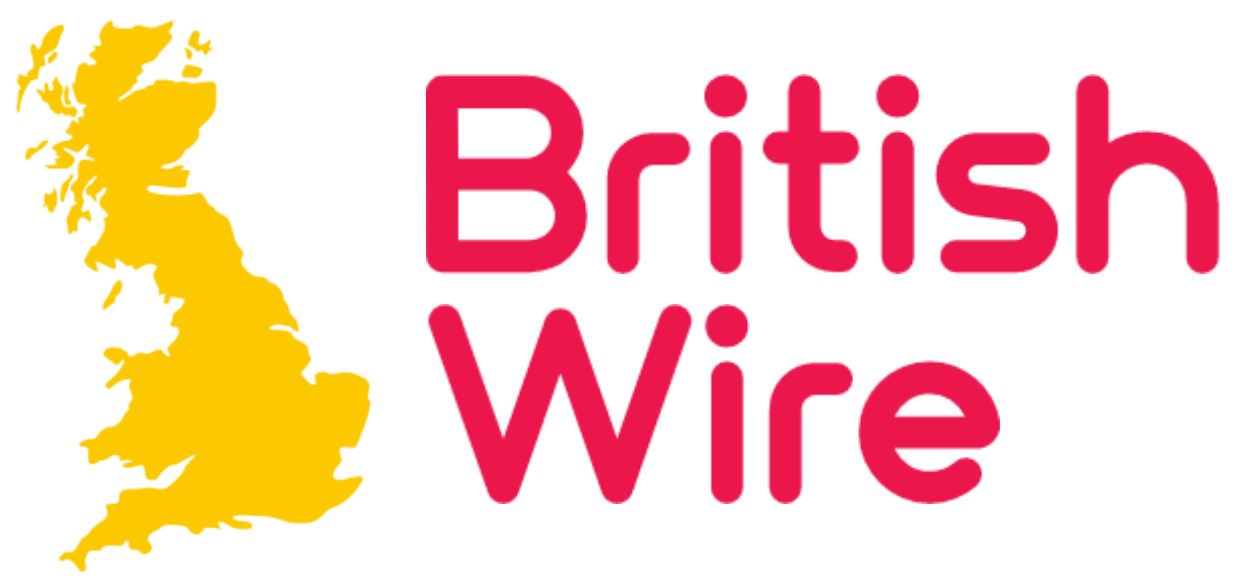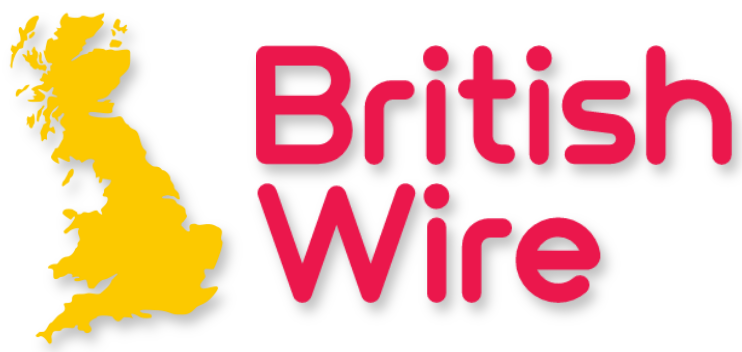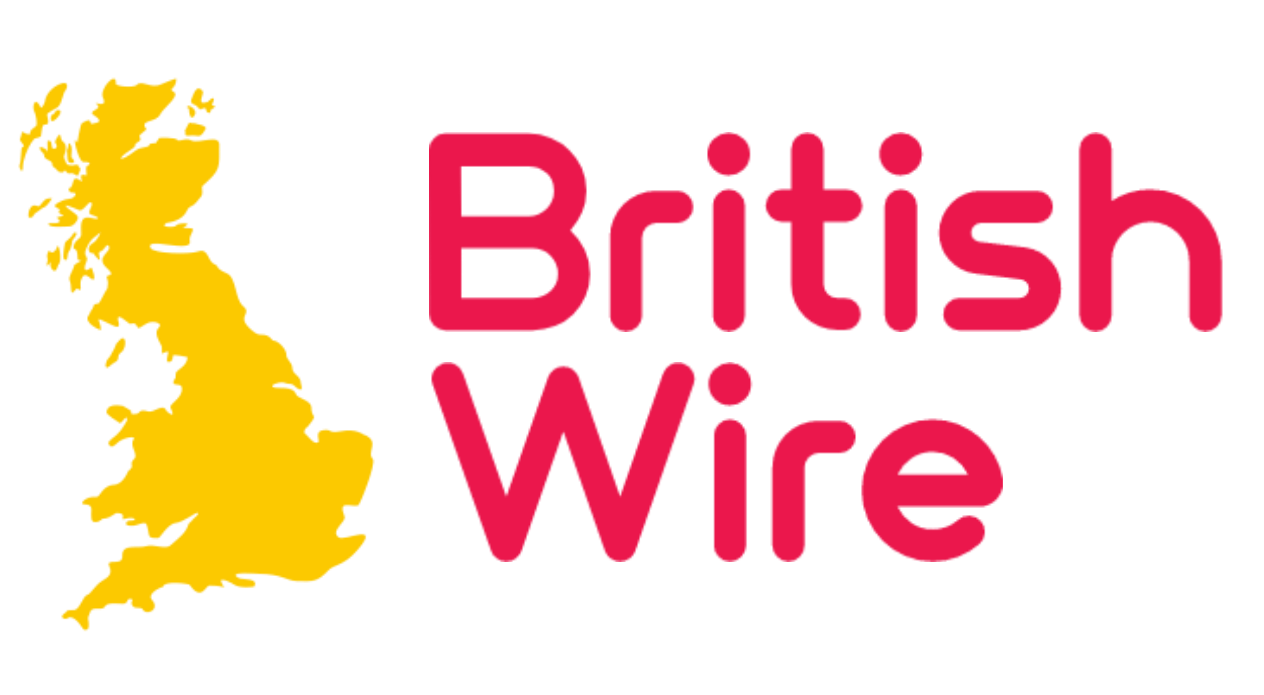In a historic move to solidify their energy independence and integrate more closely with the European Union, Estonia, Latvia, and Lithuania have officially disconnected from Russia’s power grid. The transition, long in the making, marks a major step in severing the final infrastructural link to their Soviet past.
The three nations, once part of the USSR, had continued to rely on the Russian-controlled IPS/UPS electricity network even after regaining independence in the early 1990s. Now, after years of planning, they are set to synchronize with the EU’s power grid at midday tomorrow, pending final technical tests.
A Symbolic Break
The disconnection was met with celebration and symbolism. In Vilaka, Latvia, just 100 meters from the Russian border, energy workers used a crane to cut the high-voltage lines that once connected the country to Moscow’s grid. Chopped sections of the cable were handed out as souvenirs to onlookers.
“We will never use it again. We are moving on,” declared Latvia’s Energy Minister Kaspars Melnis.
Lithuania’s Energy Minister Zygimantas Vaiciunas echoed the sentiment, calling the shift a long-awaited victory. “We have reached the goal we strived for, for so long. We are now in control,” he said at a press conference.
European Commission President Ursula von der Leyen is expected to speak at a ceremony tomorrow to mark the official switch to the EU system.
Security Concerns and Strategic Independence
The plan to decouple from Russian electricity has been debated for decades but gained urgency after Russia’s annexation of Crimea in 2014 and further escalated following Moscow’s full-scale invasion of Ukraine in 2022. Although the Baltic nations had already stopped purchasing Russian electricity, they had continued to use its grid for frequency stability.
Estonian Foreign Minister Margus Tsahkna emphasized the security benefits of the move. “By ending the energy dependence of the Baltic states on Russia, we are leaving the aggressor without the option of using energy as a weapon against us,” he said.
Regional security concerns were evident as well. At the Rezekne power substation near the Latvia-Russia border, armed officers patrolled the area, and an army truck was stationed nearby. The heightened vigilance follows recent incidents of power cable and pipeline damage in the Baltic Sea, which many suspect were caused by Russian-linked sabotage. Moscow, however, has denied any involvement.
A Costly but Necessary Transition
The transition to the EU grid has required substantial investments. Since 2018, the Baltic states have spent nearly €1.6 billion upgrading their infrastructure to prepare for the shift. Meanwhile, Russia has invested around 100 billion roubles in Kaliningrad, its isolated exclave between Lithuania and Poland, constructing gas-fired power plants to maintain its own power supply.
While the switch is expected to proceed smoothly, Lithuania’s energy ministry has developed contingency plans in case of disruptions. Large energy consumers, such as factories, could be temporarily disconnected to ensure stability in case of power shortages.
Despite the risks, officials remain confident. “The system is stable, the process is happening smoothly, no one is noticing that something changed,” said Minister Melnis.
With the transition, the Baltic states reinforce their commitment to European integration while eliminating one of the last vestiges of Russian influence. The move signals not just an energy shift, but a geopolitical milestone in their long journey away from Moscow’s grip.
















